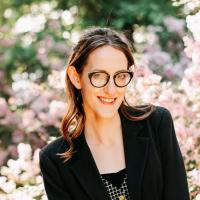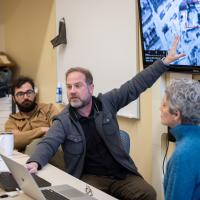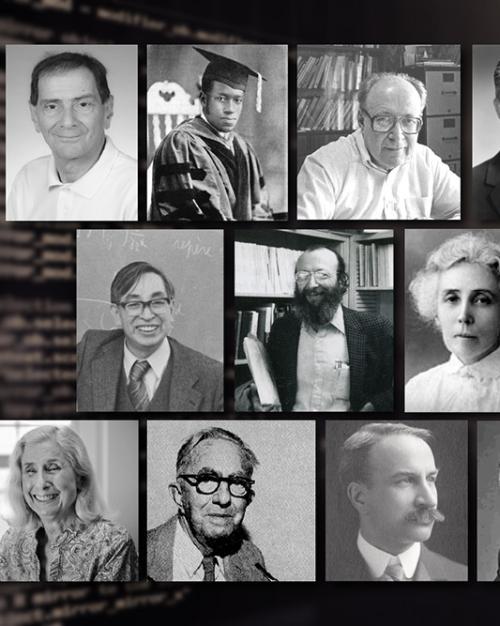In honor of Math and Statistics Awareness Month, we’re looking back on luminaries from the last century-plus whose excellence helped establish Cornell University as a leader in mathematical and statistical discovery.
Walter Willcox, Professor of Economics and Dean of the Faculty of Arts and Sciences, 1891 – 1931

Walter Willcox was the first professor of statistics in the United States, teaching at Cornell from 1891 to 1931. In 1892, he launched the first statistics course ever taught at Cornell – and one of the first anywhere – an “elementary source in statistical methods with special treatment of vital and moral statistics.” From 1902 to 1907, he was the Dean of the Faculty of Arts and Sciences. Willcox’s impact was far from limited to the Cornell campus. He was a foremost statistician with national and international impact: He served as chief statistician of the 12th Census of the United States in 1899, was president of the American Statistical Association in 1912, and was instrumental in bringing in the U.S. as a member to the International Statistical Institute. He served as U.S. delegate to the Institute’s biennial meetings and helped revive it after World War II, serving as president at its first post-war meeting. He authored four books and was a fellow of the Royal Statistical Society and an honorary member of several other statistical societies. In his book, “Studies in American Demography,” Willcox wrote: “I have long agreed with recent statements that ‘except for statistics … no new technique for studying social problems has been developed in modern times’ and that ‘it is principally by the aid of such methods that these studies may be raised to the rank of sciences.’” He died in 1964 at the age of 103.
Ida Martha Metcalf, M.S. mathematics 1889, Ph.D. mathematics 1893
Ida Metcalf received her master’s and Ph.D. in mathematics from Cornell, becoming the second American woman ever to receive a Ph.D. in the field, with a dissertation titled “Geometric Duality in Space.” At Cornell, she helped George William Jones, professor of mathematics, in writing his textbook, “A Drill-book in Algebra.” She began teaching as a teenager and taught at several schools before and after her time at Cornell. In 1910, at 54, she started a new career as a civil service examiner in New York City – the first woman appointed to the post. In 1912, she became a statistician for New York City’s Department of Finance and continued teaching, tutoring students in mathematics and Latin in her off hours. She was an outspoken proponent of women’s rights, having witnessed firsthand that merit and ability got women mathematicians only so far in the male-dominated profession. Despite holding three college degrees, having taught for most of her life, and working as a statistician, Metcalf was prevented from taking the examination for statistician in the New York Education Department on the grounds that she did not have sufficient experience. She remained in the city’s Department of Finance until her retirement in 1921, but continued to work as a civil service examiner until 1939.
Frank Wilcoxon, Ph.D. Physical Chemistry 1924
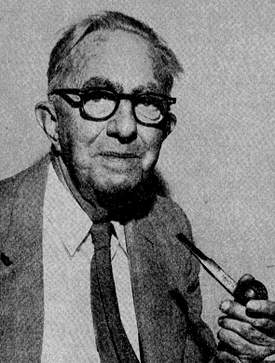
Frank Wilcoxon was a prominent chemist and statistician who received his Ph.D. from Cornell in 1924. He is remembered as a pioneering statistician who used statistical methodology to improve research, notably in chemistry and the physical sciences. He also had a significant role in developing modern insecticides. His most well-known paper, from 1945, introduced two of the most applied statistical tests in use today – the Wilcoxon rank-sum test and Wilcoxon signed-rank test. Both are non-parametric alternatives to the unpaired and paired Student's t-tests, respectively. From 1925 to 1941, he worked as a researcher for the Boyce Thompson Institute for Plant Research in Yonkers, NY, and would later work for the American Cyanamid Company. In total, Wilcoxon wrote and published more than 70 papers. He retired in 1957.
Elbert Cox, Ph.D. Mathematics 1925
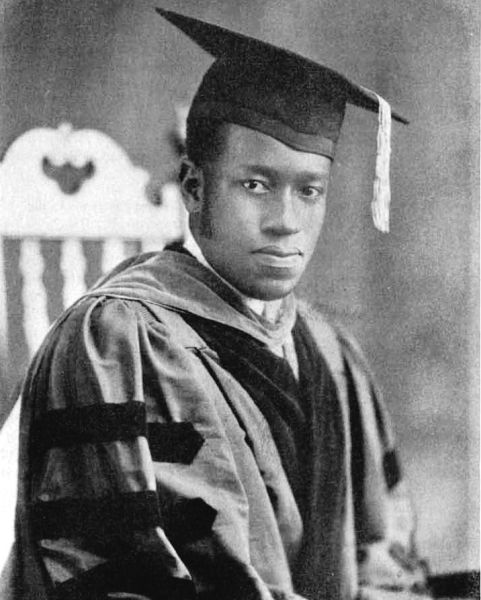
In 1925, a Cornell graduate student named Elbert Cox became the first Black person ever to receive a Ph.D. in mathematics. Embodying resilience and excellence in the face of racial discrimination, Cox earned his bachelor’s degree despite being barred from sitting in lecture halls during undergraduate classes; instead he and two other Black students listened in as best they could from hallways. After completing his undergraduate studies, Cox worked as a math and physics teacher in segregated schools in Henderson, Kentucky, served in the U.S. Army, and became a professor of the sciences at Shaw University. In 1921, he was accepted to Cornell’s doctoral program. Following graduation, he joined the faculty at West Virginia State College, an all-Black institution at the time, and later Howard University, where he became head of the mathematics department in 1954. Today, Howard University’s Elbert F. Cox Scholarship Fund helps Black students pursue math at the graduate level. In 1990, the National Association of Mathematicians established the annual Cox-Talbot Lecture series in honor of Cox and Walter Richard Talbot, another prominent Black mathematician.
Jacob Wolfowitz, Professor of Mathematics, 1951 – 1970
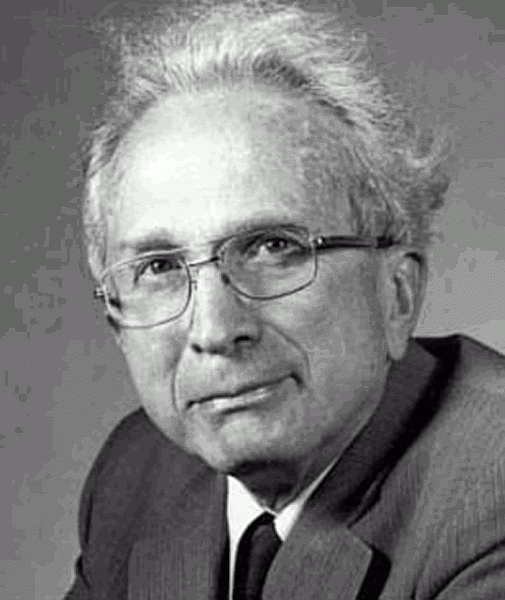
Jacob Wolfowitz helped usher in a golden age of statistics at Cornell as a professor of mathematics from 1951 to 1970. Prior to joining the Big Red, he made a name for himself in 1942, cowriting with Abraham Wald the famous paper that introduced sequential analysis. It was Wolfowitz who lured statistical heavyweights Robert Bechhofer, Roger Farrell, and Lionel Weiss to Cornell, where each would become luminaries in their own right. What followed was a long stretch of diverse, impactful research on inventory theory, minimum distance methods, stochastic approximation, information theory, and more. Wolfowitz’s joint papers with his former Ph.D. advisee and eventual faculty colleague, Jack Kiefer, another Cornell statistics legend, would introduce some of the earliest algorithms and, in turn, make “Kiefer-Wolfowitz” a formidable and legendary pair in stochastic approximation and statistics more broadly. Kiefer and Wolfowitz are also the namesakes behind the “DKW inequality,” a probability theory. Wolfowitz’s book “Coding Theorems of Information Theory” was first published in 1961, and he co-wrote “Maximum Probability Estimators and Related Topics” with Weiss in 1974. He was a member of the National Academy of Sciences and the American Mathematical Society, and a fellow of the American Academy of Arts and Sciences, the Institute of Mathematical Statistics, and the Econometric Society.
Jack Kiefer, Horace White Professor of Mathematics, 1952 – 1979
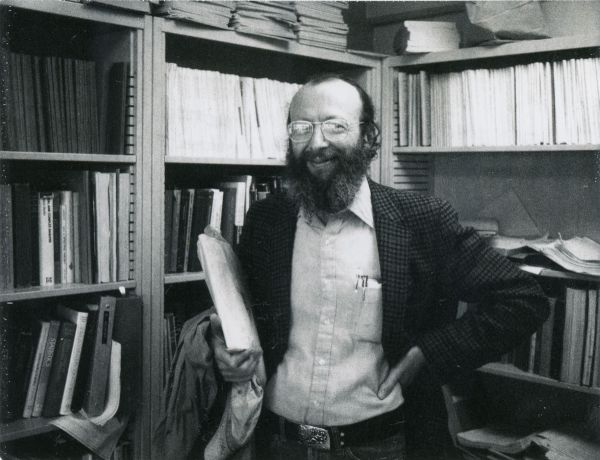
Jack Kiefer was internationally recognized as a leader in mathematical statistics and is considered the father of experimental design. He is the author of more than 100 papers and a text culled from his Cornell lecture notes, “Introduction to Statistical Inference,” which was published posthumously in 1987. Though much of his research dealt with experimental design, Kiefer made significant impact throughout statistics and optimization, notably his joint work with his former advisor, Jacob Wolfowitz, on probability theory. Beyond his research brilliance, Kiefer inspired the next wave of statistics luminaries at Cornell and is remembered by many Cornell distinguished alumni as a dynamic, influential teacher. He began his teaching career at Cornell while still a graduate student at Columbia, remaining in Ithaca until his retirement in 1979. During that time, in 1973, he was named the Horace White Professor of Mathematics. Among Kiefer’s many honors, he was a fellow of the Institute of Mathematical Statistics and the American Statistical Association and a Guggenheim fellow. He was elected to the American Academy of Arts and Sciences and the National Academy of Sciences.
Grace Wahba, B.A. Mathematics 1956
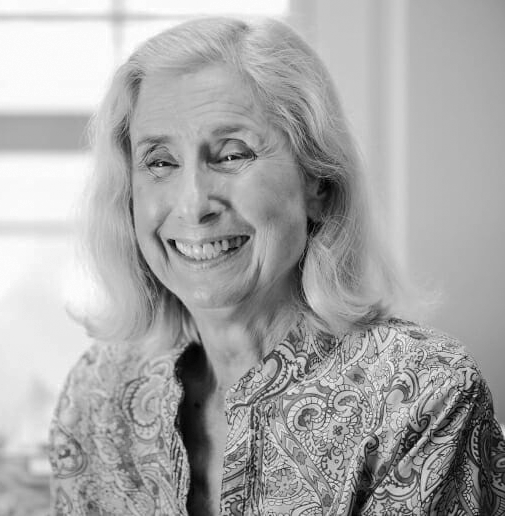
Grace Wahba received a B.A. in mathematics from Cornell in 1956. She is considered a pioneer in developing methods for smoothing noisy data and the extraction of information from large data sets. Wahba is best known for the development of generalized cross-validation and the connection between splines and Bayesian posterior estimates. She is also the namesake behind “Wahba’s problem,” an applied mathematics problem she first posed in 1965 to determine how to orient a satellite to a fixed point, like a known spot on the moon, based on the satellite’s position relative to specific stars. Her work has had broad impact in many fields, including demographic studies, machine learning, DNA microarrays, risk modeling, and many others. Later in her career, she worked for IBM and, as a working, single mother, earned a Ph.D. in mathematics at Stanford in 1966. A year later, Wahba became the first female faculty member in the Statistics Department at the University of Wisconsin-Madison, and remained there for the next half century, retiring in 2018. She was elected to the American Academy of Arts and Sciences in 1997 and to the National Academy of the Sciences in 2000. She is a fellow of the American Association for the Advancement of Science, the American Statistical Association, and the Institute of Mathematical Sciences.
Kiyoshi Ito, Professor of Mathematics, 1969 – 1975
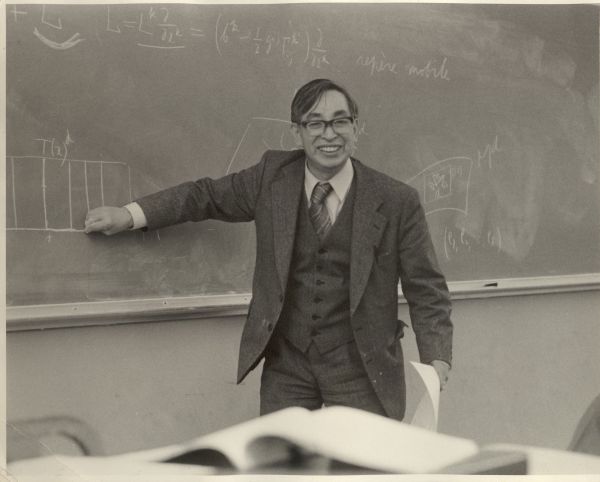
Kiyoshi Ito is the father of stochastic analysis, whose models are used today in fields as varied as physics, economics, and finance. A self-described pure mathematician, he pioneered the theory of stochastic integration and stochastic differential equations – now known as “Ito calculus” – beginning with the publication of his landmark 1942 paper, “On Stochastic Processes.” His most famous text, “Probability Theory,” followed in 1953. He joined the Cornell University faculty in 1969 as professor of mathematics, a post he held for six years. Among his many awards and honors, Ito received the Kyoto Prize, the Wolf Foundation Prize of Israel, and the Carl Friedrich Gauss Prize of Germany.
Eugene Dynkin, A.R. Bullis Professor of Mathematics, 1977 – 2010
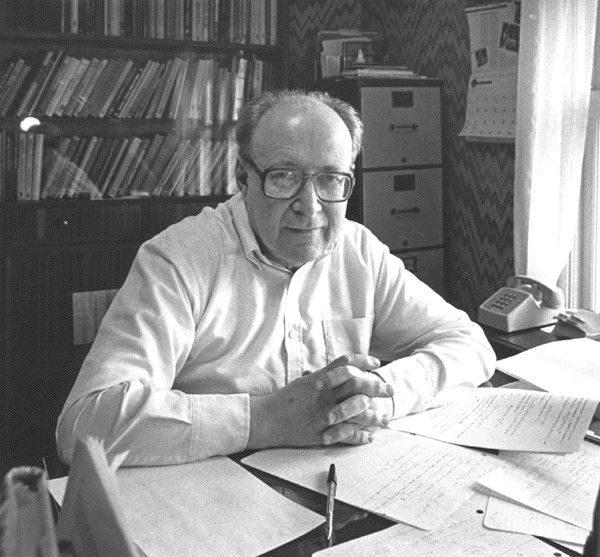
Remembered as a worldwide leader in algebra and probability theory and a world-class lecturer, Eugene Dynkin served on Cornell’s Department of Mathematics for more than 30 years. He is considered one of the founders of the modern theory of Markov processes, a stochastic probability model. Perhaps more extraordinary than his expertise on the theory of Markov processes was his resilience and perseverance through hardship. At 11 years old, he and his family were exiled from Stalin’s Russia to Kazakhstan. Two years later, his father disappeared in a gulag. He called it “almost a miracle” that he was accepted into Moscow University, and there, under the tutelage of professors who recognized his gift for mathematics, Dynkin advanced from student to professor. He remained at the university until 1968. After eight years at the Central Economic Mathematical Institute of the USSR Academy of Sciences, Dynkin emigrated to the United States and joined the Cornell faculty. He retired in 2010. He received the Leroy P. Steele Prize for Lifetime Achievement from the American Mathematical Society in 1993 and was a fellow of the American Academy of Arts and Sciences. He was also a member of the National Academy of Sciences.

